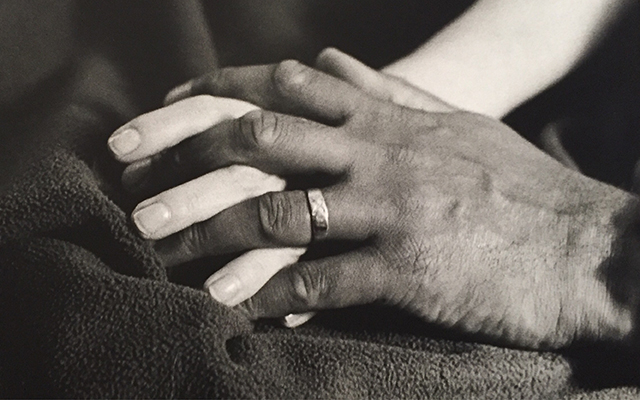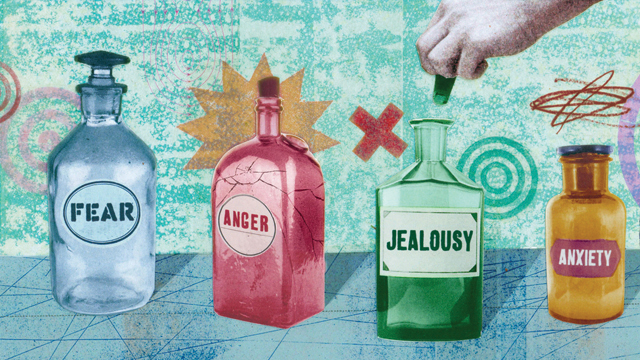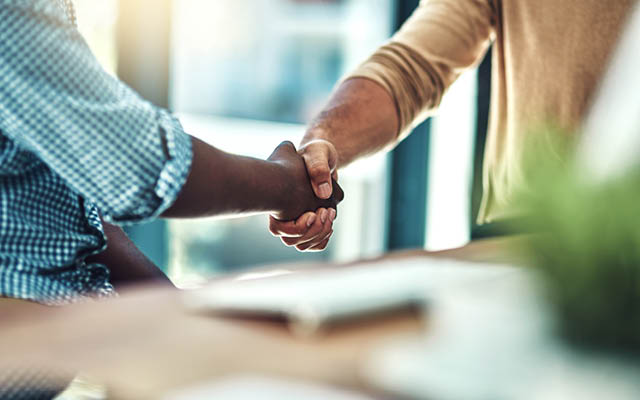Awaking to the news of another senseless loss of life in our community yesterday morning was jarring. The incident happened Wednesday evening, not far from my home, a street I’ve driven past numerous times on my commute. I felt deep sadness and boiling anger as I watched Philando Castile take his last breath in a video posted on Facebook by his girlfriend, Diamond Reynolds, who was a passenger in the car with her 4-year-old daughter where Castile was shot and killed by a police officer.
Like many people who were outraged, both online and in protests in St. Paul, Minn., all I had to base my opinion was the video: I was shocked by the judgment of the police officer who fired his weapon at 32-year-old Castile as he reached for his wallet as directed. I tried to make sense of how he was seen as a threat, even though he notified the officer he was carrying a licensed gun, as reported by Reynolds. And what protocol was given during police training for this situation — or if it was being followed at all? What past traumas or biases existed for a threat to be perceived? Earlier this week, I read of 37-year-old Alton Sterling, of Baton Rouge, La., who was shot by police — even though he had already been pinned to the ground with one hand loose.
Was lethal force necessary?
How can you not be disturbed and alarmed by any of the other wrongful deaths that we see so frequently on our newsfeeds?
Then last night, retaliation in Dallas during a protest, where shooting erupted and five police officers were killed by a sniper.
After last month’s mass shooting at a dance club in Orlando, the continued news reports of African American men shot across the country, including Sanford, Fla., Baltimore, Staten Island, and Ferguson, it feels like a frightened, infuriating, and confusing world. A place in which, as Dan Rather posted on Facebook, “the universe tends towards chaos…. And these days, it certainly seems that the world is a mess, that chaos is reigning, in our country, and beyond our shores.”
I haven’t been able to comprehend what’s happening, even as I read the facts and data as a journalist, and most definitely not as a mother and biracial woman.
Growing up, I’d hear stories about racism and bigotry from my black side of the family — cruel words from children at school, challenges my grandparents faced in moving to the suburbs. It always seemed like the past, badges of courage and strength in the face of hatred, toleration the older generations endured, but that I wouldn’t have to encounter as a child born in 1981.
I grew up in a mostly white suburb of Minneapolis, and most of the racism I faced came from ignorance. Racist jokes followed by, “Sorry, Courtney, I forgot” about my race because of my appearance as the standing excuse for their prejudice. Or when meeting my father, my blonde mother, and my redheaded brother: “Are two you adopted?” We were not immune to racism, looks, and comments. Every time I filled out paperwork and checked “other” race, I felt different. For the most part, though, I felt acceptance and curiosity from my peers.
In seventh grade, I gave an all-class presentation on diversity, showing pictures of my wonderfully beautiful and unique family, not just on my father’s side with several biracial cousins, but also on my mother’s side, with a biracial cousin and adopted African American uncle (which has further expanded to include Peruvian/Chinese and Native American men and women through marriage and children). I answered my peers’ questions, as innocently as children can ask, about history, culture, our family traditions, and discrimination we’ve faced.
I never felt fear based on my race. I never feared for my father, cousins, and uncles, including my former enlisted Marine uncle, a muscular man at 6’5”, who half-jokes he’s simply a “walking threat” by the way he looks. That is, until recently, when seeing this continued violence — which has happened for far too long and far too often but now has been elevated in visibility with video — have I worried about our safety.
How do you have compassion, empathy, and any positivity when these tragedies continue to happen?
Will we ever be able to see only beauty in one another and not difference?
These are the questions that will haunt me. These are the realities we cannot ignore.
We are all vulnerable to injury and death, and perhaps in that realization, “It can actually change your emotion from fear to connection with others,” says psychotherapist Richard Schaub, PhD, in our article, “When Fear Keeps You Home.”
As President Obama said in press conference from Poland yesterday, “To be concerned about these issues is not to be against law enforcement.” It’s important that these crimes don’t fuel an anger to make us divisive. He added, “I would just ask those who question the sincerity or the legitimacy of protests and vigils and expressions of outrage, who somehow label those expressions of outrage as ‘political correctness,’ I just ask folks to step back and think, what if this happened to somebody in your family? How would you feel?”
I know how it makes me feel to think if this was someone in my family. And really, it’s your family, too: We’re all in the same family of the human race.
Maybe we can find more in common, more love, more faith, and a way to affect real change in how our mindsets, and in how our criminal justice and other systems work.
That’s the hope of my seventh-grade self, anyway.
Featured photo by Courtney Lewis Opdahl; courtesy of author.




This Post Has 0 Comments